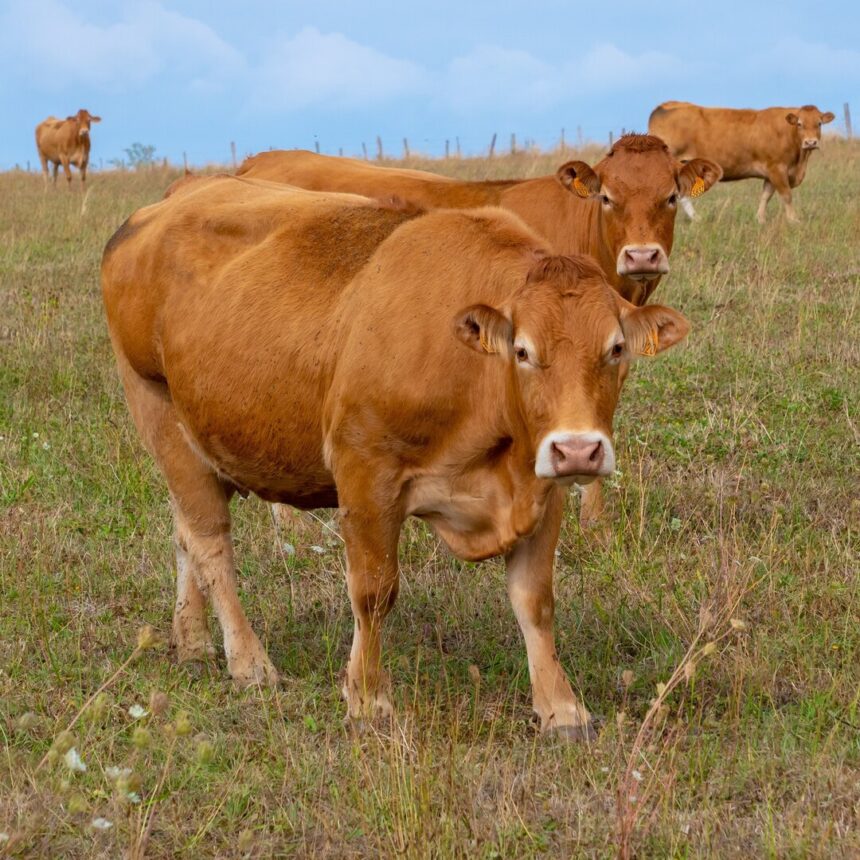Crossbreeding cattle has become a popular practice in South Africa, offering numerous benefits to farmers seeking to improve their herds’ productivity and resilience. This method involves mating animals of different breeds to capitalize on the strengths of each, resulting in offspring with desirable traits. If you’re considering delving into crossbreeding cattle in South Africa, here are ten crucial aspects you should know to set yourself up for success:
- Understanding the Importance of Crossbreeding:
Crossbreeding allows farmers to capitalize on the complementary traits of different breeds, such as disease resistance, fertility, growth rate, and adaptability to local conditions. It can lead to more efficient production systems and ultimately improve profitability. - Selecting the Right Breeds:
When embarking on crossbreeding, it’s crucial to choose breeds that complement each other well. Consider factors such as climate tolerance, market preferences, and the specific goals of your breeding program. - Focusing on Hybrid Vigor:
One of the primary advantages of crossbreeding is hybrid vigor, also known as heterosis. This phenomenon results in offspring with enhanced traits compared to their purebred parents, such as improved growth rates, disease resistance, and fertility. - Implementing Proper Breeding Strategies:
Successful crossbreeding requires careful planning and implementation of breeding strategies. Farmers should pay attention to factors like breed percentages, generation intervals, and maintaining genetic diversity within the herd. - Managing Genetic Diversity:
Maintaining genetic diversity is crucial for the long-term success of a crossbreeding program. Avoiding excessive inbreeding and periodically introducing new genetics from unrelated breeds can help prevent detrimental effects on productivity and health. - Addressing Market Demands:
Crossbreeding should align with market demands and preferences. Understanding consumer preferences and market trends can help farmers produce cattle that meet quality standards and fetch higher prices in the market. - Ensuring Proper Nutrition and Management:
Providing adequate nutrition and proper management practices are essential for the health and productivity of crossbreed cattle. Farmers should tailor feeding programs to meet the specific needs of their hybrid animals, considering factors like age, weight, and production stage. - Monitoring Health and Disease Management:
Vigilant health monitoring and disease management are crucial aspects of successful crossbreeding operations. Regular vaccinations, parasite control, and prompt veterinary care can help prevent disease outbreaks and ensure optimal herd performance. - Evaluating Performance and Productivity:
Continuous evaluation of performance and productivity metrics is necessary to assess the effectiveness of crossbreeding efforts. Monitoring traits such as growth rates, feed efficiency, reproductive performance, and carcass quality can guide breeding decisions and improve overall herd performance. - Adapting to Changing Conditions:
Flexibility and adaptability are key to thriving in the dynamic agricultural landscape. Farmers should be willing to adjust their breeding strategies and management practices in response to changing environmental, economic, and market conditions.
Crossbreeding cattle offers numerous benefits for farmers in South Africa, including improved productivity, resilience, and market competitiveness. By understanding the fundamentals of crossbreeding and implementing sound breeding and management practices, farmers can maximize the potential of their herds and achieve long-term success in the livestock industry.
Join 'Farmers Mag' WhatsApp Channel
Get the latest Farming news and tips delivered straight to your WhatsApp
CLICK HERE TO JOIN






